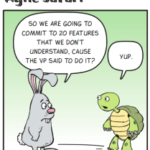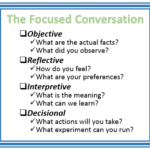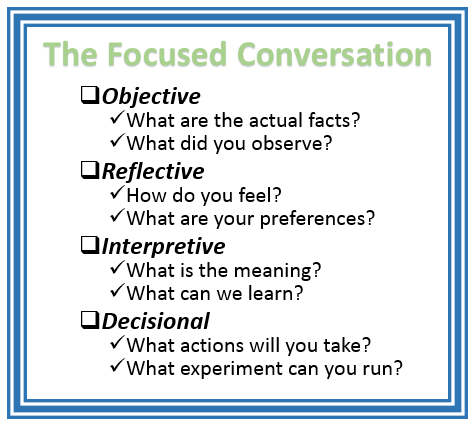 “I don’t understand products vs. projects. What’s the difference?”
“I don’t understand products vs. projects. What’s the difference?”
When I share some of my stories about working with product development teams, some people look at me as if I’m describing the impossible. They seem confused when I tell them about agile teams that didn’t have to provide story point estimates to management or normalize points across teams. What I’m talking about is so far outside of their experience, they can’t conceive of how it could work. One of the most challenging things for me to explain to people who haven’t experienced both is the difference between project- and product-based organizations.






 For example, Myth #1: ‘telling people “you are empowered” actually works.’ Leaders often don’t know what else to do, other than tell teams they are empowered. We see this with Development Teams, Scrum Teams, Delivery Teams, AND Leadership Teams.
For example, Myth #1: ‘telling people “you are empowered” actually works.’ Leaders often don’t know what else to do, other than tell teams they are empowered. We see this with Development Teams, Scrum Teams, Delivery Teams, AND Leadership Teams.








